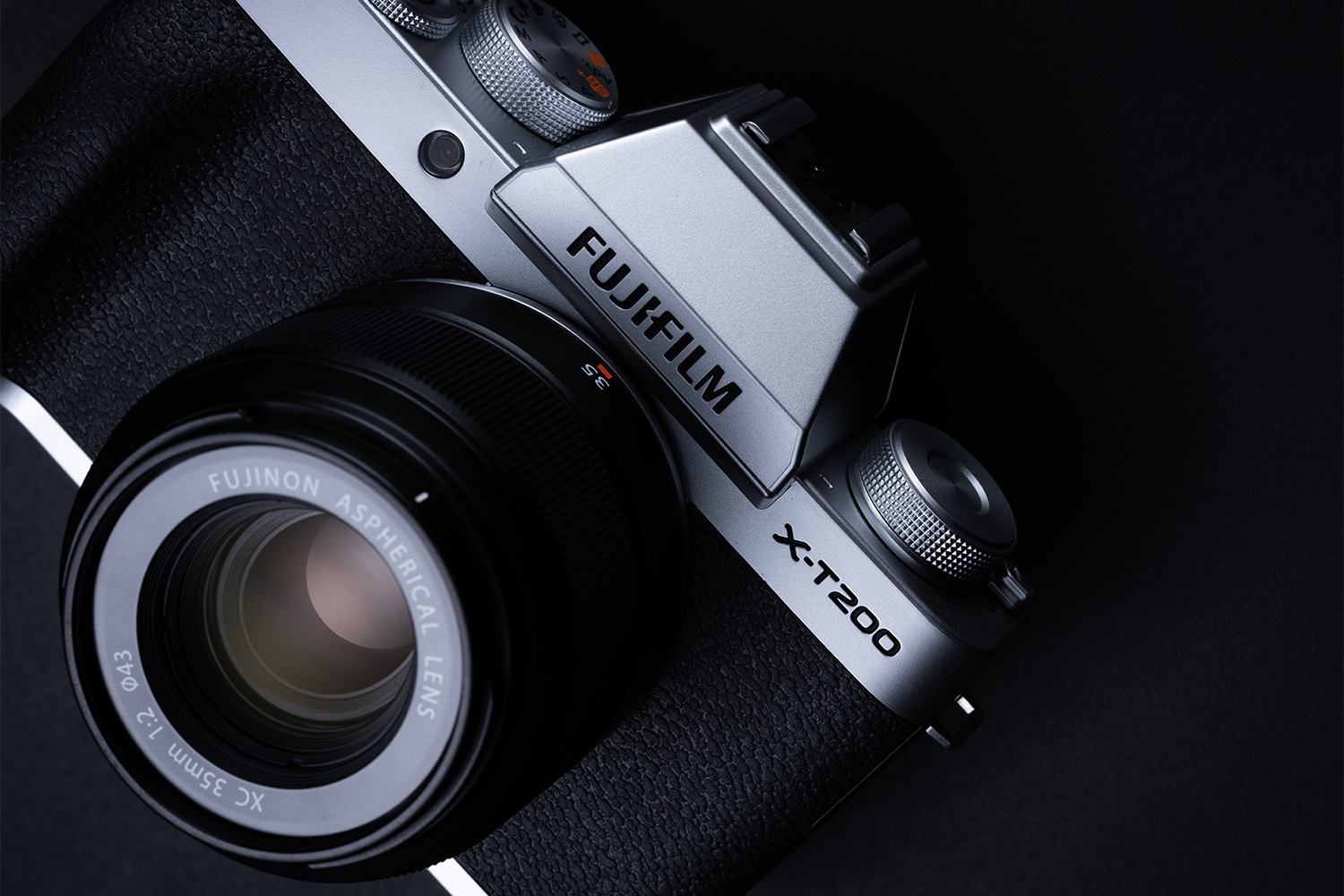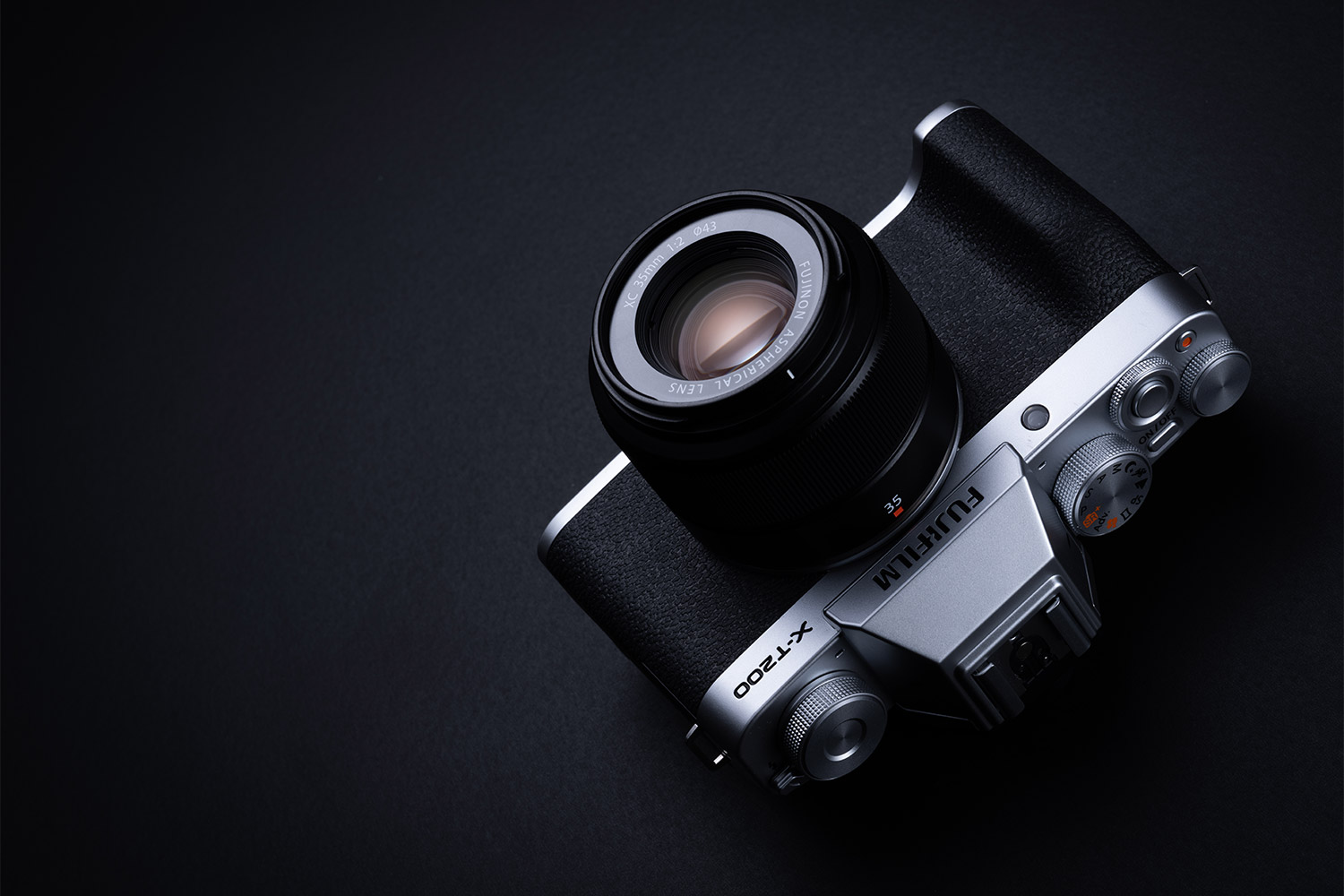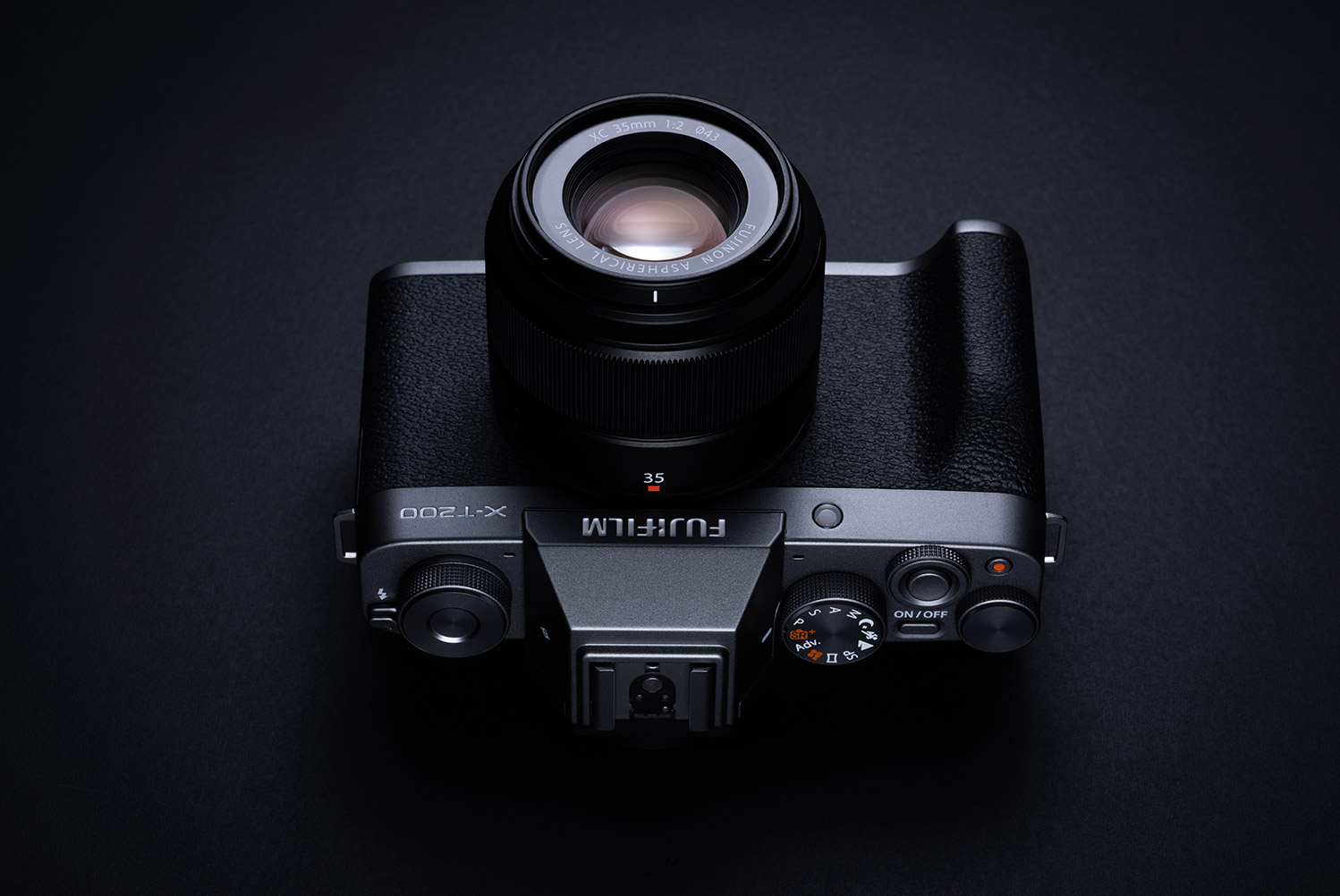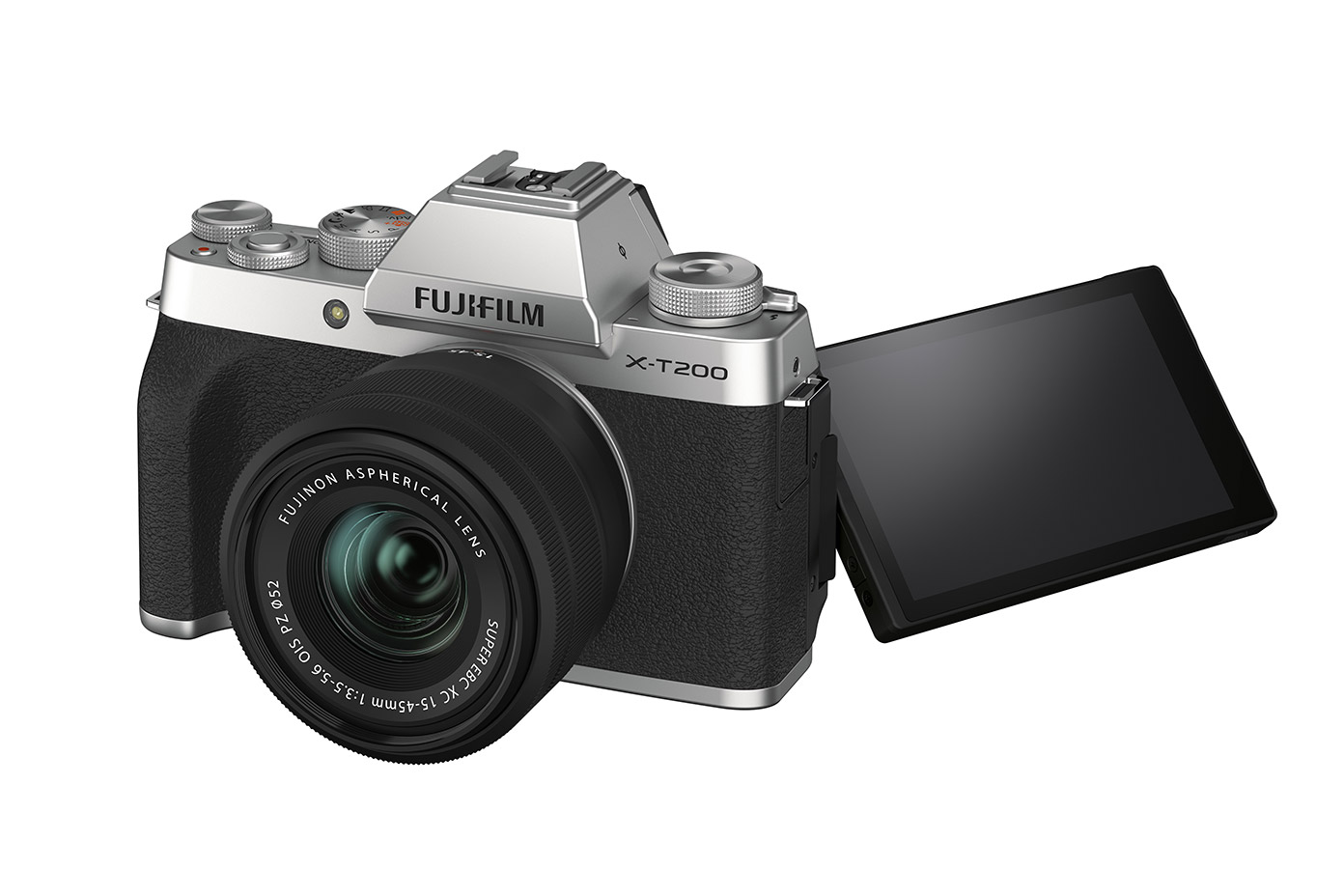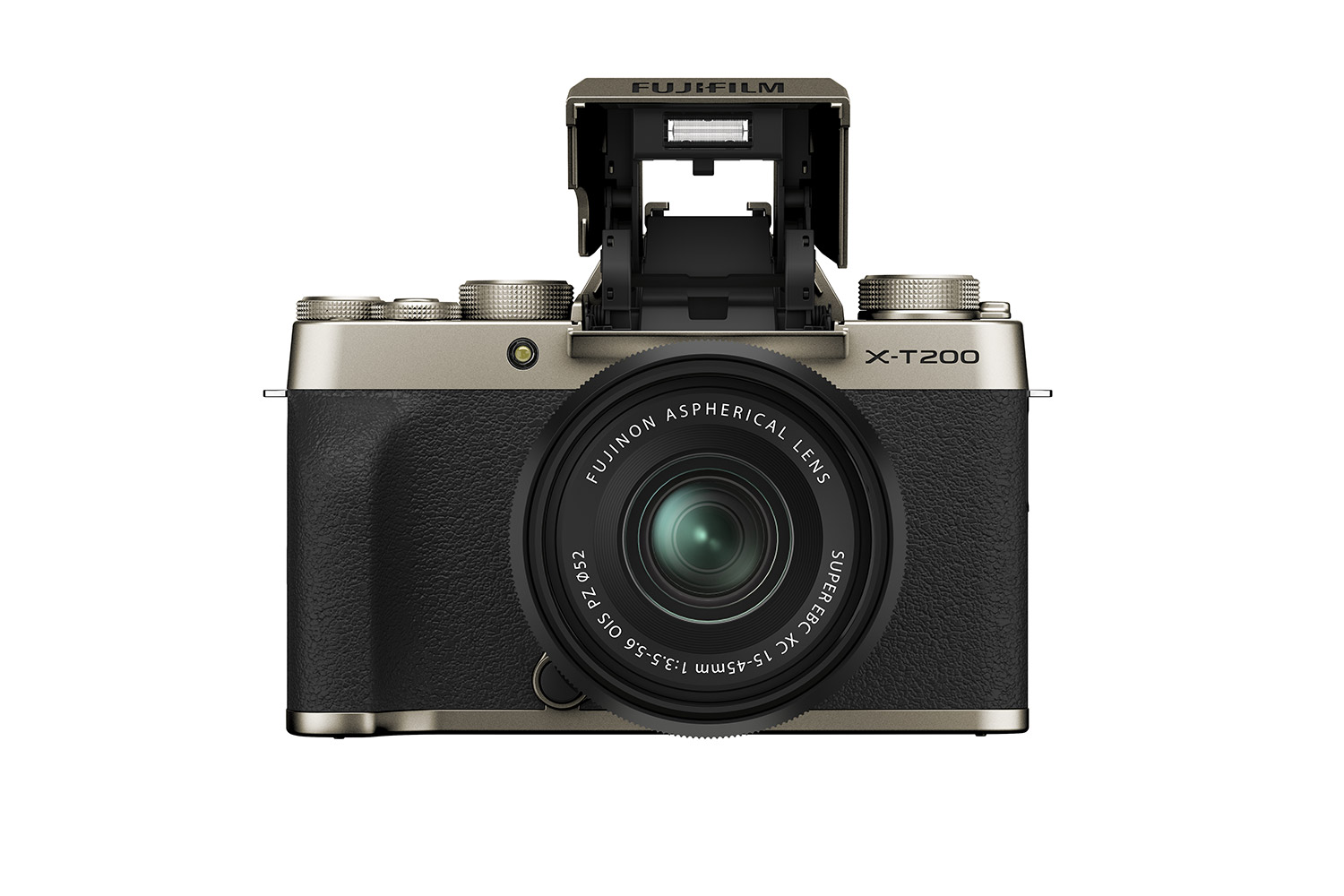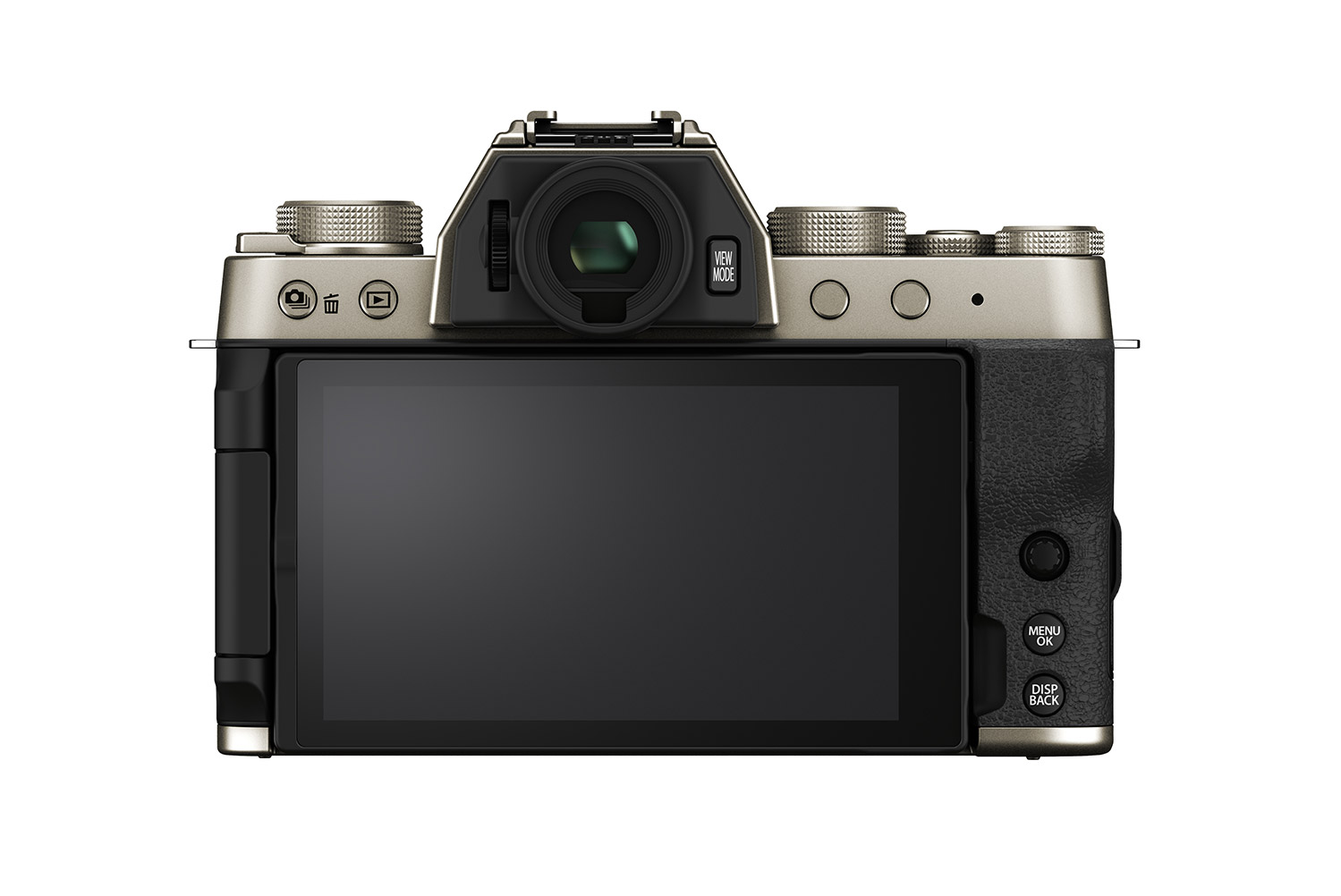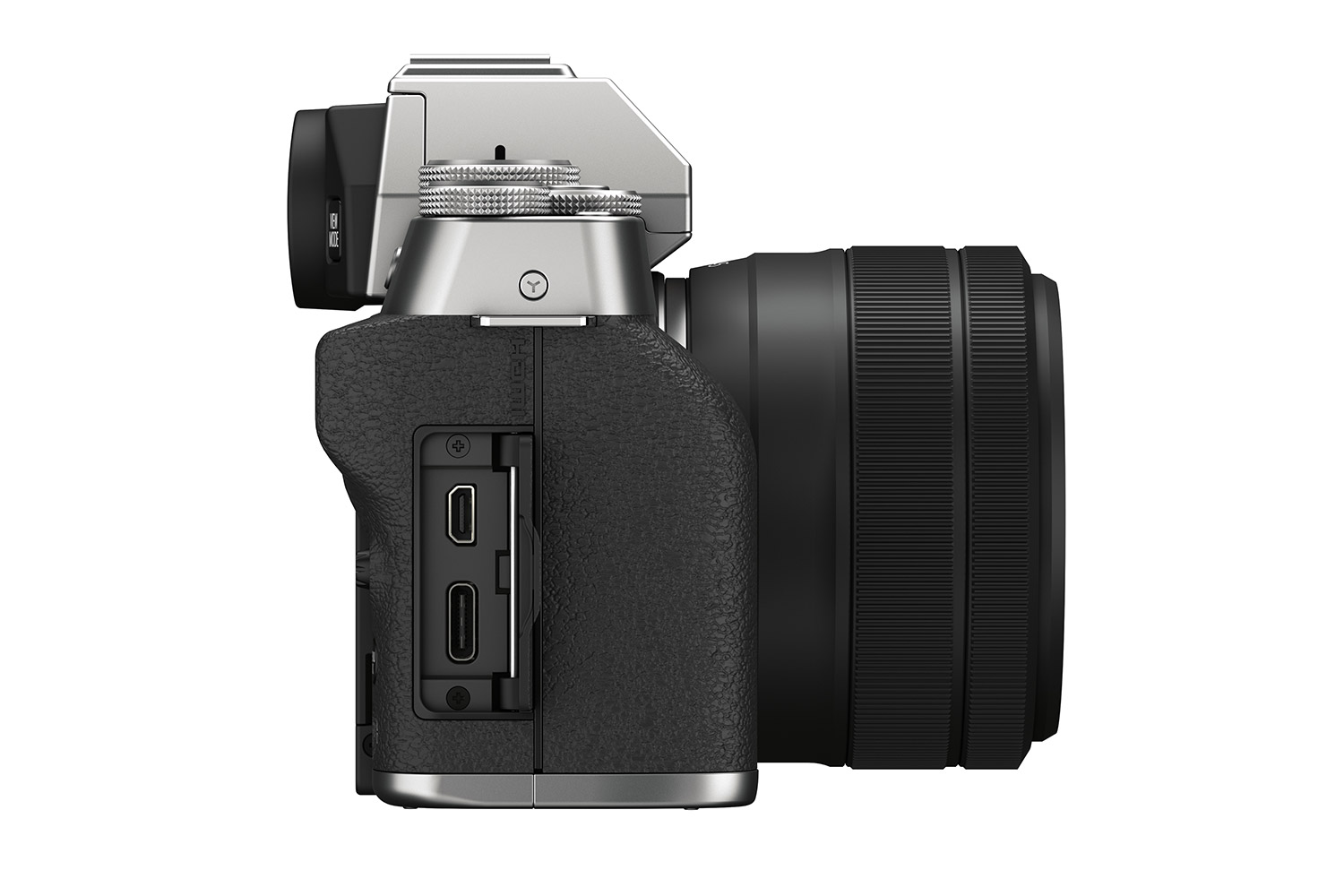While we’re generally fans of Fujifilm, it’s no secret that the X-T100 wasn’t exactly our favorite camera. While it shot great pictures, it lacked performance, and ease of use suffered as a result. Those are exactly the things that Fujifilm looks to be addressing with the new X-T200, which offers 3.5 times the processing power and a new autofocus system.
The $700 (body only) X-T200 is Fujifilm’s new entry point into the X-T line, its series of DSLR-like mirrorless cameras with a center-mounted electronic viewfinder. Unlike the X-T30 and X-T3 above it — two of our favorite mirrorless cameras in their classes — the X-T200 does not use the 26-megapixel X-TRANS sensor, instead using a more traditional Bayer sensor with 24 megapixels.
Fujifilm states, however, that it is a different sensor than the similar one found in the X-T100, likely because this new one features on-chip phase-detection autofocus. Combined with the extra processing power, that should give the X-T200 a big step up in autofocus speed, hopefully erasing our biggest complaint about the X-T100.
Video has also seen a significant improvement, now up to 4K at 30 frames per second. While the X-T100 could technically shoot 4K, it was limited to just 15 fps, which looked more like stop-motion animation. The X-T200 also features a new form of electronic stabilization that uses a gyro sensor to measure camera movement. We’ll have to wait to see how well it works, but it should be a big improvement for casual use.
The camera looks largely the same, with a pop-up flash and vari-angle screen, but it now incorporates a small handgrip. For sticklers, this may ruin the ultra-minimalist aesthetic of the X-T100 (which offered an optional screw-on grip), but the X-T200 is actually two ounces lighter despite the built-in grip, at 13.05 total.
A prime lens built for beginners

Beyond the camera, Fujifilm also introduced a new prime lens, the XC 35mm F2. Part of the lower-cost XC line, this lens uses a plastic mount and is meant for novice photographers. It is the first prime lens in the series.
At just $199, it is half the cost of the metal-mount XF 35mm F2, and gives beginners a chance to experience the depth of field control of a prime lens that simply doesn’t exist on affordable zooms.
While the XC lens doesn’t offer the weather-sealing of its XF counterpart, it appears to use a similar optical design of nine elements in six groups, including two aspherical elements. In terms of image quality-to-price ratio, we expect it will be very good.
Fujifilm built the X series on the backbone of strong prime lenses. Finding a way to bring that experience to a lower price point may attract new customers who want a professional look without the professional budget.
